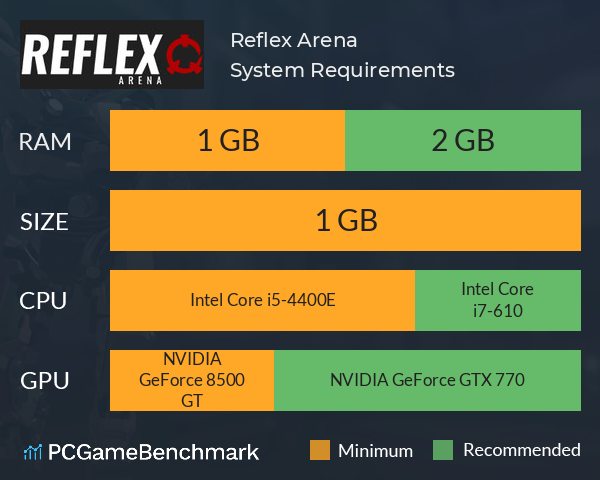

Some older generation cards like AMD's Radeon RX 570 4GB or Nvidia's GTX 1060 can be found for under $200, but supply is spotty at best. What about cards that cost even less? Right now, that means older GPUs that have 4GB of VRAM, because GPU and component shortages combined with cryptocurrency mining have inflated prices on everything. Well, not really the same price these days, but we'll hit that below. The GTX 1660 is a touch faster and uses a bit less power, for roughly the same price. Anyway, until RTX 3050 / 3050 Ti or RX 6500 XT cards arrive, Nvidia has a lead in the budget sector, even if many of the categories are close. Looking at existing cards, the RX 5500 XT 8GB vs GTX 1660 goes to Nvidia again, and in general we'd normally recommend avoiding the lower tier GTX 1650 or RX 5500 XT 4GB. What about in the budget category? There haven't been any new budget GPUs since last year. Older model GPUs are mostly outclassed by the new arrivals, so Nvidia nominally wins the mainstream market as well, depending on the availability of cards. We're still waiting to see other Navi 22 models arrive, however, and an RX 6700 (non-XT) could make for a better option. However, AMD's card (theoretically) costs 20% more than Nvidia's offering, never mind the GeForce RTX 3060 12GB. AMD's Radeon RX 6700 XT takes on the GeForce RTX 3060 Ti, with slightly better performance - provided once again that we ignore RT and DLSS. Looking at the mainstream market ($400, give or take), things get a bit messy. We give Nvidia a slight lead at the top of the performance ladder, but that's not the only category to consider. Those two trade blows in traditional rasterization games, with AMD perhaps taking a slight lead, while Nvidia easily jumps ahead - often by a large margin - as soon as ray tracing and/or DLSS get turned on. We'll discuss that more in a bit, but the GeForce RTX 3080 and Radeon RX 6800 XT represent a better view of performance.

Nvidia's RTX 3090 isn't remotely affordable, of course, and that's before we take into account the current market conditions.
#REFLEX ARENA LADDER RANKINGS FULL#
Here's the full rundown of performance, using the nine games and six settings/resolutions combinations from our GPU Benchmarks. We also haven't included any FidelityFX results, and CPU bottlenecks certainly play a role at lower resolutions. There's a catch, of course: We're only looking at games running APIs and settings that work on all GPUs, which means we haven't included ray tracing or DLSS in the results. If you look at our GPU benchmarks hierarchy, you'll see that the top five positions consist of two GPUs that use Nvidia's GA102 architecture (the 30) and three GPUs using AMD's Navi 21 architecture, with AMD bookending the Nvidia cards. Beyond the pole position, however, it's a closer match. While you can find everything from budget GPUs to high-end offerings from both AMD and Nvidia, when it comes to outright performance, Nvidia has a slight overall lead thanks to the chunky GeForce RTX 3090. For decades, faster GPUs have enabled game developers to create increasingly detailed and complex worlds.


 0 kommentar(er)
0 kommentar(er)
